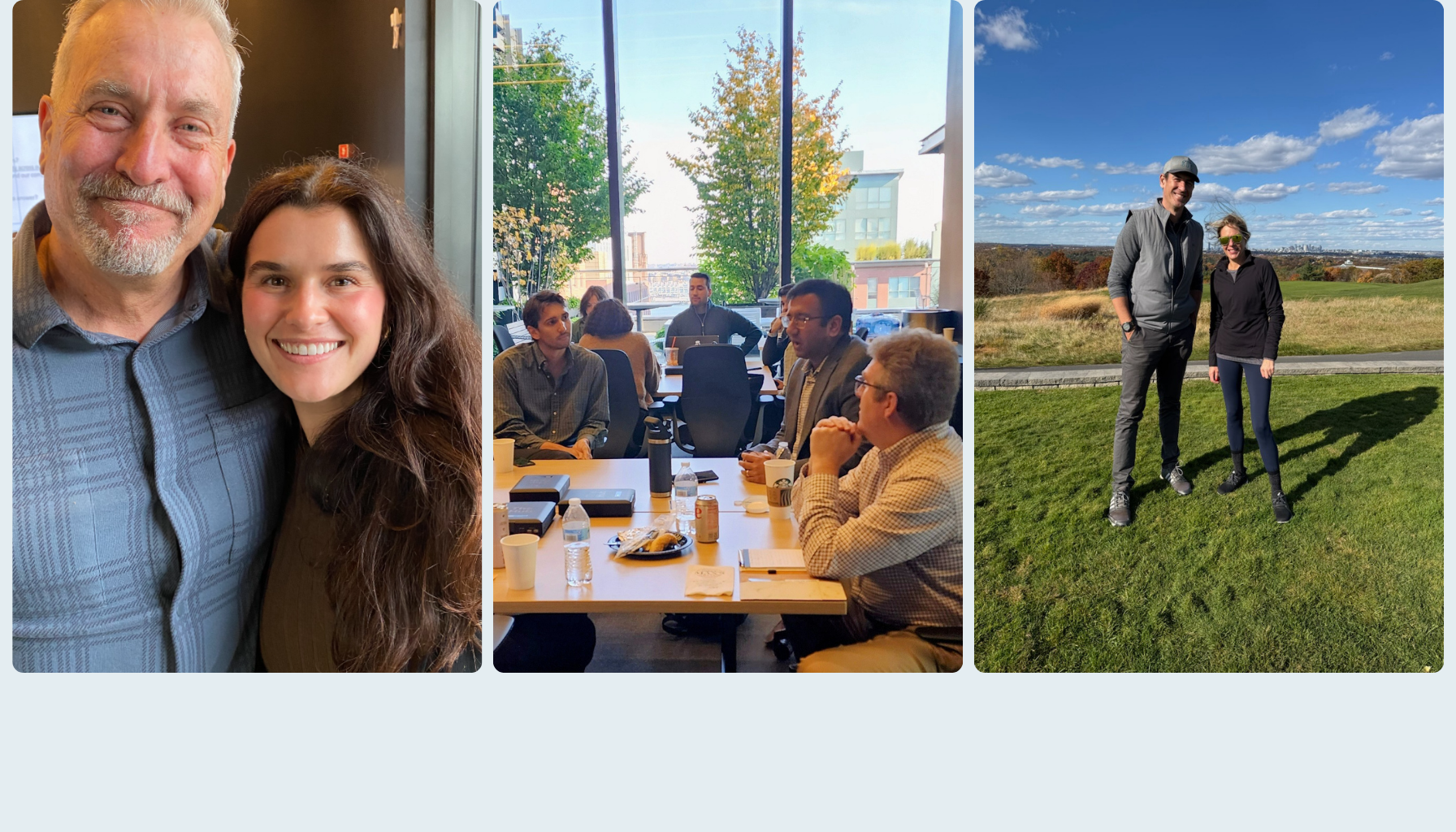Quoc Pham, Product Lead at VibeIQ, shares his thoughts on a new generation of documents for true end-to-end digital transformation. VibeIQ recently launched a suite of collaboration centric merchandising and product visualization apps.
PLM was supposed to be the “single source of truth” that would eliminate the need for spreadsheets. However, when looking behind the curtains, a plethora of excel tools, Powerpoint presentations and other offline documents are still widely being used within organizations, small and large. In fact, one can argue that spreadsheets and presentations are the primary source of product and assortment data, powering a variety of arcane processes across the enterprise. So, what happened? Why can’t we once and for all get rid of the dreaded spreadsheets? The answer is simple: people love documents.
Our Love/Hate Relationship with Documents
Despite the many attempts to eradicate them, people have always relied on documents because they provide them with unmatched freedom in the way they manage their work. Within a spreadsheet or Powerpoint presentation, users have the power to mold and format unstructured information into pretty much anything. This makes documents the default solution for an infinite amount of use cases: from planning, presentation to reporting and everything in between.
A document also provides a safe personal space to experiment without any repercussions to the outside world. Users are in complete control of the information until they decide they are ready to package and broadcast their work, often using emails as the primary means of communication. This archaic form of collaboration has always been familiar, manageable and universal.

PLM on the other hand – like many enterprise applications – is structured and rigid with little control over how information is propagated. With complicated, form-based user interfaces and often rudimentary collaboration capabilities, today’s PLM will never match the ease of use and familiarity of documents. This makes PLM more of a data repository that captures the result of a process rather than the tool that supports the process itself.
While users love them, the drawbacks of document-based processes are plentiful: version control nightmare, lack of visibility and manual rework are some of the most commonly cited pitfalls. In layman’s terms, documents create friction and the more documents, the more friction.
Who’s Left Behind?
The inefficiencies of working with documents affects many functions but if we were to single out a role where the pain points are especially problematic, it would be the merchandisers. Their day to day tasks rely on a constant mix of planning, analysis and product visualization – what they often refer to as a blend of “art and science”. Sadly, those types of capabilities are chronically lacking from most current PLM solutions. As a result, merchandisers typically rely on spreadsheets to plan and iterate on their assortments while using Powerpoints to visualize, present and collect feedback on them.
Consider what happens during a typical milestone meeting: a merchandiser exports a linesheet from PLM and creates a Powerpoint presentation by copying and pasting product images and metadata from their excel export. The resulting document is distributed to multiple stakeholders so they can capture their notes during the actual meeting. A subsequent meeting is then scheduled to collectively review and discuss each other’s notes. A poor soul must then consolidate all the feedback into a separate spreadsheet before having to type that same information back to PLM. This convoluted workflow almost comically illustrates the level of friction that still exists around PLM and why merchandisers have never adopted it as their tool of choice.

The increasing complexity of how brands go to market means merchandisers are under pressure to create and maintain more documents than ever before. They must constantly keep up with new specialized channels, each with their own set of stakeholders and assortment planning and presentation needs.
For retailers that are adopting 3D design, the situation gets even more dire. Documents have always been adequate at handling simple data types such as text and images but struggle when it comes to 3D models due to their large size and the heterogeneity of standards and formats. Digital product creation has undoubtedly introduced another layer of friction that no software vendor seems to have been able to solve.
Over time, merchandisers, like many other users, had been fine with the status quo, as documents helped them circumvent the rigidity and structure of PLM. This all changed in 2020.
The Covid Effect
Even though documents have been holding us back for years, it all came to a breaking point during the pandemic. Suddenly, teams no longer were able to travel and meet in person for milestone reviews, brand conferences and sell-in meetings. Our dependency on documents increased, as teams were forced to work 100% digitally. Remote collaboration capabilities became the number one priority, leading many retailers to experiment with new tools and radical new ways of working as a survival measure.
Logically, this led many organizations to look at cloud solutions as an alternative or complement to their existing workflows. The idea of collaborating through cloud based documents was nothing new as many organizations had already been transitioning to online versions of their productivity suites using Office365, Sharepoint and Google Docs. Covid only accelerated their use and expansion within the enterprise.
More importantly, the advent of remote work culture demanded a new breed of documents with collaboration at their core. Digital whiteboards emerged as a standard for virtual collaboration with tools like Miro and Bluescape redefining how teams engage in real time. Database driven applications like Monday and Airtable elevated documents into fully fledged project management and collaboration tools. Finally, video conferencing and communication platforms such as Zoom and Slack became household names overnight.

This new era of collaboration brought many benefits to the table and helped organizations accelerate their digital transformation. However, these new types of documents quickly reached a major limitation: they remain largely disconnected and unaware of product and enterprise data, making them inadequate to support mission critical workflows.
This creates a situation where most product and assortment data is now scattered across a growing number of documents, both offline and on the cloud, as well as enterprise systems that still need to be manually updated. This exponential proliferation of documents and the lack of interoperability between the various solutions is creating a level of digital friction never seen before. This is the document apocalypse.
The Best of Both Worlds
With the recent adoption of modern collaboration technology, it is clear that users’ expectations have changed. More than ever, our PLM solutions feel outdated and ripe for innovation. This opens up a glaring opportunity for the convergence between enterprise applications and modern collaborative documents. This new hybrid paradigm would bring together the structure and robustness of PLM with the ease of use and familiarity of spreadsheets, presentations and digital whiteboards. When used together, these new types of connected documents will solve an endless amount of business use cases.

In order to succeed, these emerging tools must have the following imperatives:
- Modern user experience: They should feel like the documents users are familiar with, without a steep learning curve.
- Cloud based: They should be fully cloud-based and easily shareable to anyone inside and outside the organization.
- Real time multi-user collaboration: They should allow multiple users to make edits, comments and change suggestions simultaneously with the option to easily report on changes.
- Freedom to ideate: Like their offline ancestors, these documents must give users the control and ownership needed to experiment and “play” with information without having changes immediately impact other users of the system.
- Product and data associativity: They should be able to understand and interact seamlessly with products, assortments and other business entities through open APIs. Product data should always be dynamic and up to date against a central data store.
- Support for multiple product visualization: These tools must be able to support a variety of assets, 2D and 3D coming from multiple sources. 3D should always be an option for visualization, wherever products are involved.
- Analytics capture: Unlike today’s disconnected documents, it should be possible to capture rich analytics & feedback about products and then report on that data in a centralized way.
Unless most if not all of these imperatives are met, users will most likely resort back to the form of document they trust, regardless of the level of friction involved. If adopted, on the other hand, this new generation of documents, along with the supporting platform architecture, will supersede PLM to become the foundation for true end-to-end digital transformation.
With a new pandemic-hardened generation entering the workforce, the expectations will continue to increase. Brands that will be able to leverage these emerging types of smart documents to support their core processes will unleash a new level of business value and productivity across their workforce. More importantly, they will significantly increase employee retention and overall happiness, which has been forsaken for far too long.


